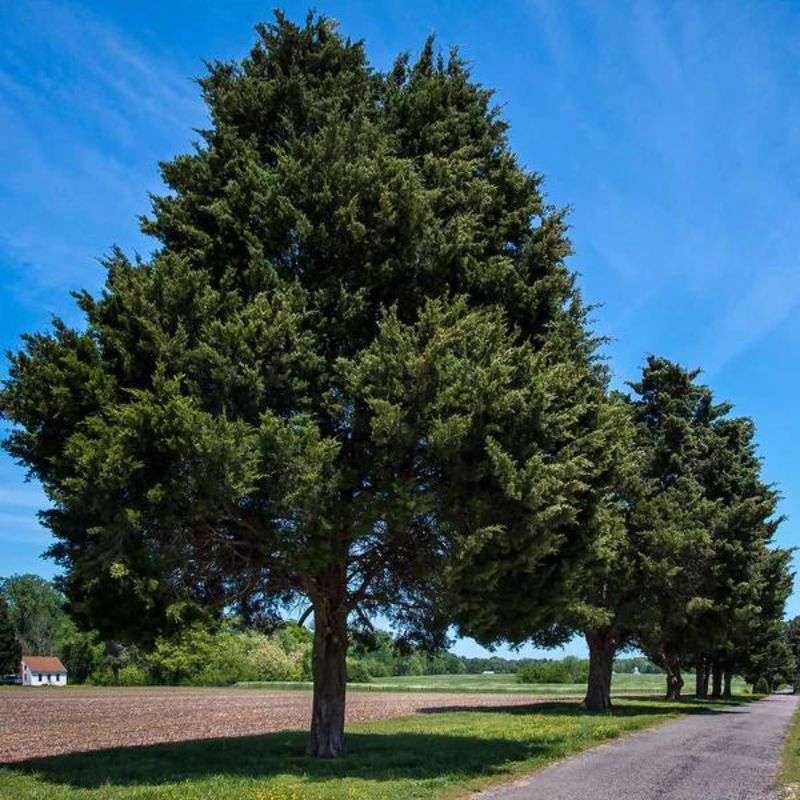Climate change has become one of the most pressing global challenges we face today. While the issue requires concerted efforts on a large scale, we must also recognize the impact that individual actions can have in combatting climate change. One such action that holds immense potential is planting trees in our yards. In this blog post, we will explore the significant role that planting trees plays in fighting climate change and how you can contribute to this crucial cause right in your own backyard.
Carbon Sequestration
Trees are natural superheroes when it comes to fighting climate change due to their ability to absorb carbon dioxide (CO2) from the atmosphere through photosynthesis. CO2 is a greenhouse gas that contributes to the warming of the planet. By planting trees in your yard, you are creating a powerful carbon sink, as trees absorb CO2 and store carbon in their trunks, branches, leaves, and roots. This process, known as carbon sequestration, helps reduce the concentration of CO2 in the atmosphere, mitigating its impact on global warming.

Oxygen Production
In addition to sequestering carbon, trees also play a vital role in oxygen production. Through photosynthesis, trees convert CO2 into oxygen, releasing this life-sustaining gas into the atmosphere. The more trees we plant, the more oxygen is generated, providing cleaner air for us to breathe. By planting trees in your yard, you contribute to improving air quality locally, creating a healthier environment for yourself and your community.

Cooling Effect
Urban areas tend to be warmer than surrounding rural areas due to the heat-trapping nature of buildings, pavement, and concrete. This phenomenon, known as the urban heat island effect, can significantly impact energy consumption and human comfort. Trees offer a natural solution by providing shade and cooling through a process called evapotranspiration. Their leaves release water vapor, creating a cooling effect in their surroundings. By strategically planting trees in your yard, you can help reduce the urban heat island effect, creating a more comfortable and energy-efficient environment.

Biodiversity and Ecosystem Support
Trees serve as habitats and provide food sources for a wide array of wildlife, including birds, insects, and small mammals. By planting trees in your yard, you create mini-ecosystems that support local biodiversity. This is crucial as biodiversity plays a critical role in maintaining the health and resilience of ecosystems. By fostering diverse habitats, you contribute to the preservation of wildlife populations and enhance the overall ecological balance in your area.

Soil Health and Water Management
Trees contribute to soil health by preventing erosion, improving soil structure, and increasing its water-holding capacity. Their extensive root systems help anchor the soil, reducing the risk of erosion caused by heavy rainfall or winds. Additionally, trees act as natural filters, slowing down and absorbing rainwater, which helps prevent stormwater runoff and reduces the risk of flooding. By planting trees in your yard, you can play a part in improving soil quality, water management, and the overall health of your local ecosystem.

Planting trees in your yard is a tangible and impactful way to contribute to the fight against climate change. By harnessing the natural capabilities of trees, such as carbon sequestration, oxygen production, and cooling effects, you can actively reduce your carbon footprint, improve air quality, mitigate the urban heat island effect, support biodiversity, and enhance soil and water management. So, grab your shovel, select suitable tree species for your region, and be a climate change champion right in your own backyard. Each tree you plant is a powerful step towards a greener, more sustainable future for our planet.


